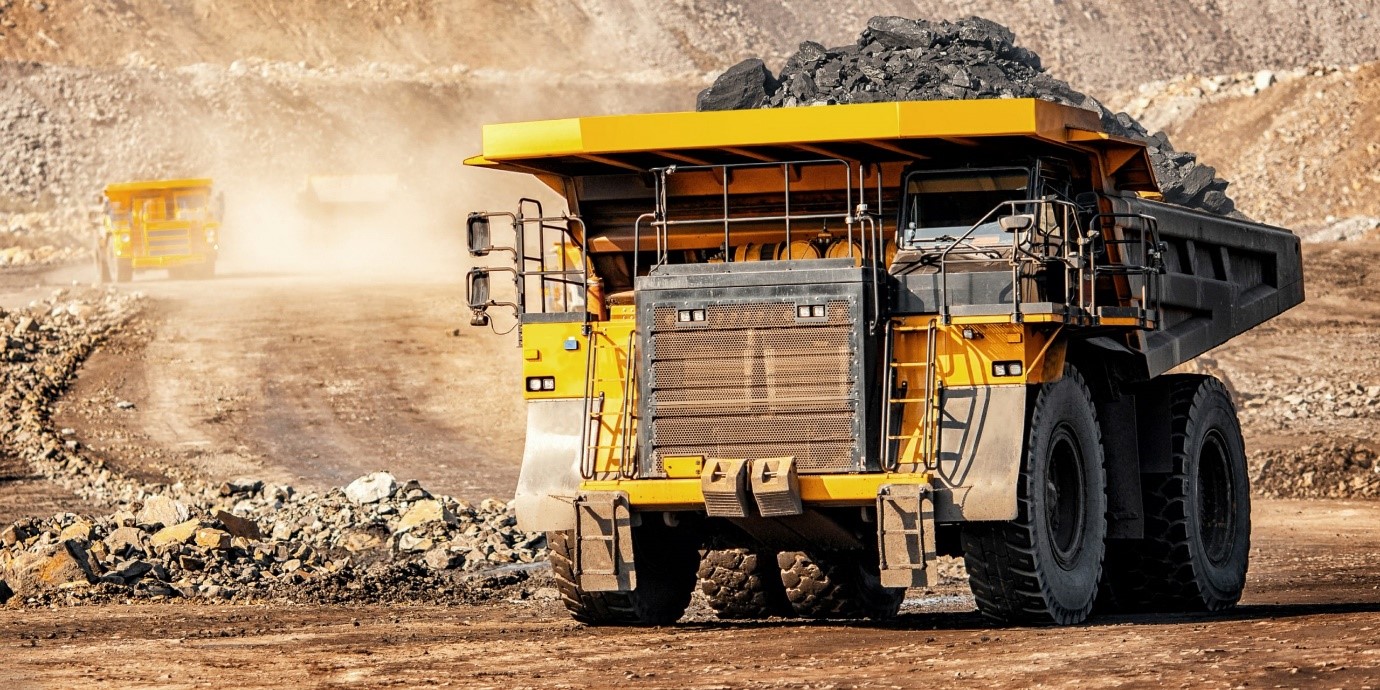In recent years, the mining sector has experienced substantial gains in metal and mineral prices, prompting many shareholders to push companies away from traditional hedging practices.
However, the landscape has shifted as global risk sentiment has increased, driven by geopolitical and macroeconomic factors. Equity markets have faced increasing volatility with the VIX spiking again since it went into a frenzy post Covid.
Amidst the ongoing conflict in Ukraine, growing geopolitical risks on the horizon in the Middle East and the lead up to the US Presidential election, investors and central banks continue to support gold as a strategic safe-haven.
But what about critical energy transition commodities?
Nickel
Market uncertainties have significantly impacted commodity prices, with nickel particularly affected by oversupply from Indonesia which increased production to 1.8Mtpa in 2023.
This surplus led to a price crash forcing Australian miners to either scale back or halt operations, exemplified by BHP’s recent decision to suspend its Nickel West operations in Western Australia.
Lithium
The Lithium market is facing similar challenges due to oversupply in China, reduced EV manufacturing figures and a stalled energy storage sector. Australia’s lithium export earnings are projected to fall sharply from $20 billion in 2022-23 to $9.1 billion in 2025-26.
Although Australia is the world’s largest lithium producer, contributing 52% primarily from spodumene, China holds 70% of the refining capacity, giving it significant control over pricing.
This dynamic is challenging for Australian operations such as Arcadium’s Mt Cattlin mine where prices below $USD1000 per tonne have forced the implementation of care and maintenance programmes. Core Lithium’s Finniss mine and Albermarle’s Kemerton facilities are facing the same unsustainable conditions due to decreasing prices and rising costs, threatening the livelihood of employees and contractors.
Context and Consequence
While grants like the federal critical minerals facility (A$4 billion) are available, the primary issue for these companies is sustainability of cash flow rather than access to capital.
A rebound in demand for energy transition technologies, particularly electric vehicles or a potential pivot to hybrid, may offer a potential long-term recovery in nickel and lithium prices but in the interim, given the financial risks due to their exposure to commodity price fluctuations, operational and environmental liabilities continue to add further project management pressures.
With the scaling back of projects likely to remain a common near-term feature, it is crucial that cost-cutting measures do not compromise risk management and insurance strategies.
Managing risk during tough periods
Properly tailored bespoke risk management solutions are vital to safeguarding against operational disruptions and financial risks, especially in a volatile market. Maintaining critical coverage elements ensures that even as companies reduce costs, they are not exposing themselves to greater long-term risks.
Much of capital market theory assumes investors maintain diversified portfolios, a principle that also applies to insurers. However, unlike commodity price forecasting, pricing insurance policies introduces challenges not found with conventional financial forecasting instruments.
In capital budgeting, firms decide on projects based on criteria like net present value (NPV) or internal rate of return (IRR), which influence management and investment decisions. Insurance policy pricing reflects the equilibrium between risk and return, or at least avoids arbitrage opportunities between loss and exposure from an operational risk capital perspective. As insurers aim to ensure long-term portfolio profitability, so too should operations look to risk management options in the same vein.
Overall, it is widely expected that expanding capacity may gradually ease premiums, influenced by claims history and accurate asset valuations offering a unique opportunity to revisit and review current insurance programmes.
Partnering with the right advisers
To navigate these challenges, mining companies must engage experienced brokers from the project’s feasibility phase through to production.
This approach ensures that all aspects of risk are covered, especially during the critical transition from construction to operation. Large-scale mining projects often involve overlapping construction and operational activities, making it vital to avoid gaps in coverage.
As an example, principal-controlled insurance offers greater transparency and manageability, particularly in complex projects with multiple contractors in respect of Contract Works (CW), particularly if delay in start-up (DSU) and project finance on a non-recourse basis is required.
Ultimately, having a single insurance program to cover damage or liability events streamlines the claims process, reduces the likelihood of disputes, and provides a clearer path to recovery. Helping identify and mitigate risks without hindering growth opportunities will ensure that mining operations remain resilient and well-protected in a complex and dynamic environment.
The rise of Environmental, Social, and Governance (ESG) considerations and the energy transition further complicates this risk landscape, requiring bespoke insurance solutions to cover potential liabilities and ensure regulatory compliance.
Why Choose CRE?
As industry specialists, we have a deep understanding of the unique risk profile that resource and mining companies face: from raising capital and new investment projects to dealing with unforeseen natural hazards and their aftermath.
With the extensive real-world experience of our brokers, CRE is highly equipped to develop the right insurance solution for your operations.
Our expertise includes:
- Industrial Special Risks (ISR) : Covers physical damage to the insured assets and resulting financial losses.
- Contract Works (CW) : Covers material damage to the project works during the construction phase.
- Third-party liability (TPL) : Covers legal liability to third parties arising from operations causing injury or damage.
- Directors and Officers (D&O) Liability Insurance: Protects executives from liabilities for inadvertent breaches of legislation in their roles as directors and/or officers.
- Environmental Liability Insurance: Covers liabilities related to environmental damage and regulatory compliance.
- Construction / Marine Delay in Start-Up / Advanced Consequential Loss: Protects project owners for the financial consequences of a delay in project completion resulting from insured physical damage.
CRE’s tailored approach ensures that your insurance program aligns with your business objectives and regulatory requirements, providing robust protection and peace of mind.
